
How to find the best Etsy keywords in 3 simple steps using Alura
If you want to be found in search results on Etsy, you need to optimize your product listing for SEO. And if you want to
join
Are you looking to start a handmade craft business, but you’re not so sure what you want to sell?
Perhaps you have some ideas, but you’re not sure which one would be best?
And then there’s the million dollar question — will the products you’re thinking about make you any money?
Choosing what to sell is an important decision, and today we’re going to talk about how to evaluate your options and pick the best one for you.
So, ready? Let’s dive in.
Choosing what you want to sell comes down to three main things that can be illustrated with a fancy little Venn diagram:
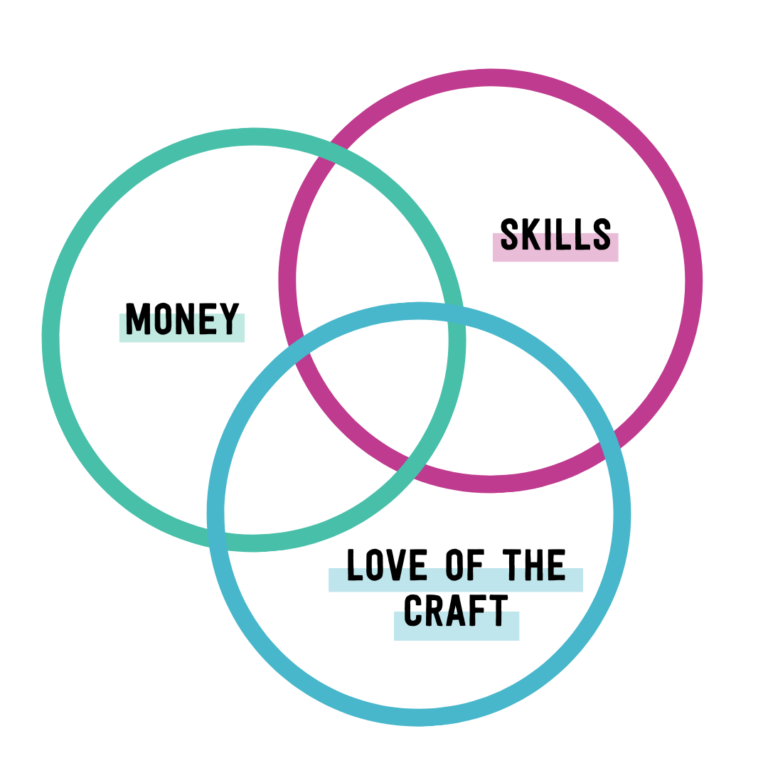
Let’s talk about each one and what it might mean for your handmade business.
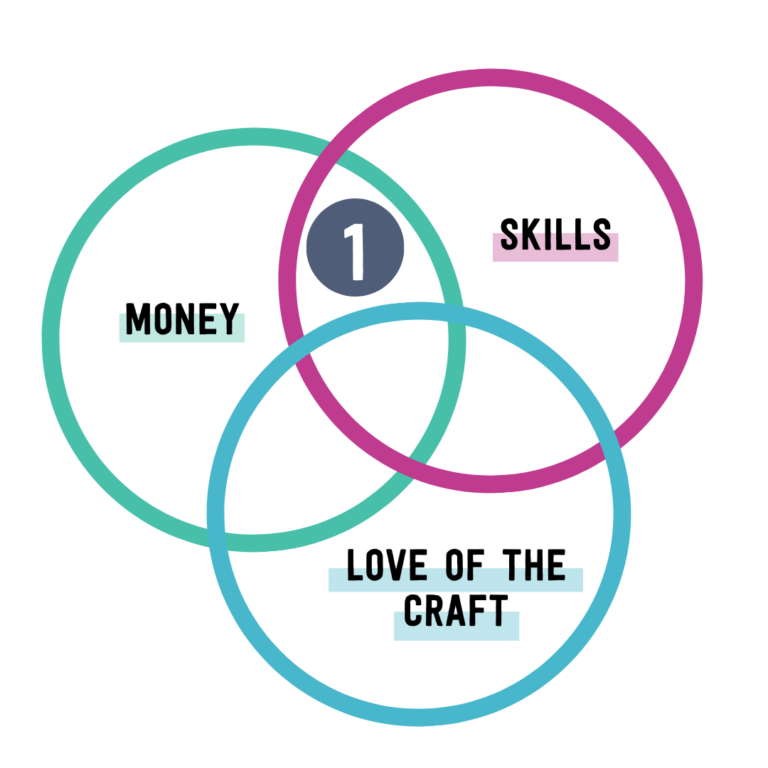
So let’s take a look at the intersection between money and skills. In this intersection, you know what to do and there’s a good demand for it, but you’re not in love with the craft.
For example, say you’re multi-skilled and you are good at knitting, crocheting, and designing stickers with your Cricut. You love knitting the most, but you also know that designing stickers with your Cricut has the most earning potential.
It’s something you’ve been doing for a while, you’re good at it, and there’s also a good demand for it, but it’s not the product you love making the most.
In this scenario you need to ask yourself is – does it matter to you or not? Do you enjoy designing stickers enough to be doing it each day?
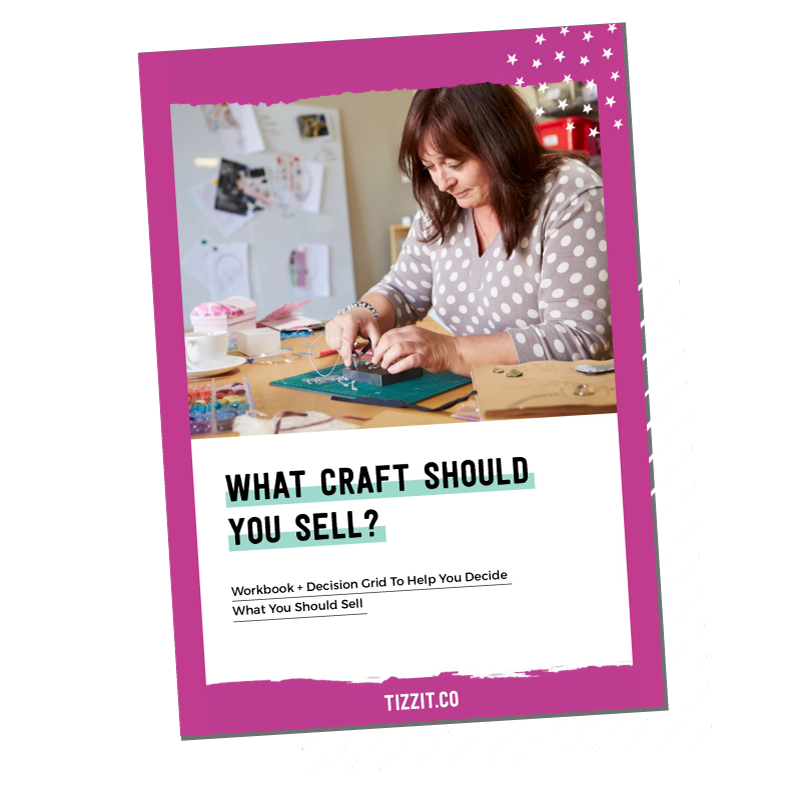
Grab this free workbook + decision grid!
This free workbook + decision grid will guide you through the decision process so you know exactly what handmade products you should sell.
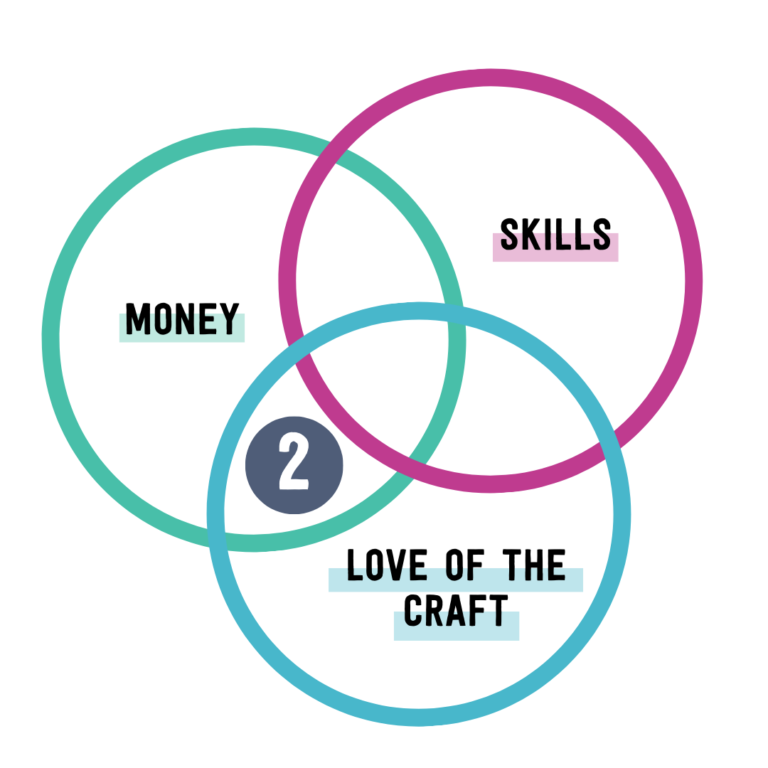
Intersection 2 is between money and love of the craft. In this scenario, there is good potential for money and you love doing it, but maybe you’re not quite yet at the level where you can sell professionally—you feel like you need to learn a little bit more or take an extra course to increase your confidence and get the skills needed to make the product professionally.
Here again, this is neither good or bad, just a situation you might encounter.
Examples of this situation would be getting good enough at pottery to be sure your glaze doesn’t chip or crack, or learning to consistently sew things with even stitches that are resistant and will last a long time.
This scenario also includes situations where you may be good at making a product, but need to learn some extra steps that will make sure you’re in compliance with safety regulations (products such as kids’ toys, soaps, skin care, etc.)

For intersection 3, you have the skills and you love the craft, but the earning potential is not really high or is capped.
For example, say the product you are considering is time consuming to make and you have no desire to ever employ or outsource to another maker —so your income will be capped at how many items you can realistically create each week. (again: this is not necessarily a bad thing, just something to consider!)
Another example would be a very very very niche product with a small demand (which is rare these days!). You love making the product, and you’re good at it, but it’s very, very, very niche so there’s not a huge demand – it doesn’t mean that you can’t make money, it just means that you might not be able to scale or reach your income goal consistently.
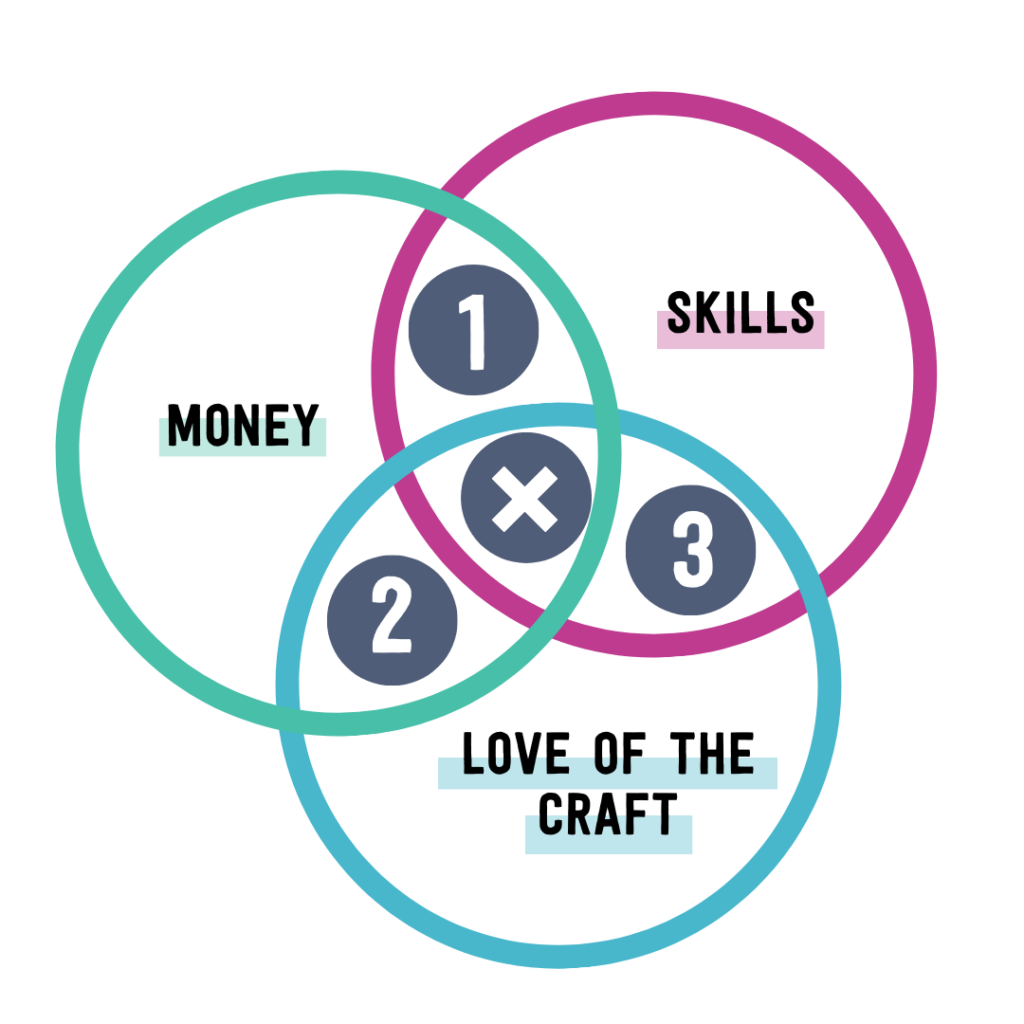
So and then, of course, there is the “X,” where all three circles intersect, the scenario where everything is wonderful because all of these three things are true.
If you have a product in this area it can be a great business idea because there are no issues you need to work around. BUT —
I want you to remember that you should still consider an idea even if it’s not an “X”, because
So now we’ve looked at all the different things that come into the picture –
So how do you take that information and choose what to make?
Let’s go through some questions to ask yourself that help you evaluate your options.
To answer question one you need to think about three specific goals:
If you want to make $1,000/month you may make a different choice vs. if your goal is to make $12,000/month.
Are you doing this because you want to have four days a week off, because you want to save money to travel internationally multiple times each year, or you want to have the evenings free to spend time with your family? It’s important to think about this before making your choice.
By this I mean do you see yourself employing people down the line? Or would you prefer to work by yourself and stay purposely small?
Consider what you would be willing to do versus what would really feel right and be sustainable for you long term.
For example, would you be happy making identical or reproducible items, or would you prefer to do custom work and only make one of a kind products?
You want to really think through these so that you can keep them in mind as you make your decision, because if you aren’t clear on the goals for your business, you may choose a product that won’t be in line with those goals.
This question is pretty straightforward, it’s just a matter of thinking it through so you are aware of where you are and the work you are willing to put in to get your products to a professional standard.
You want to take a gook look at what I call the love/money relationship.
This is about deciding what’s most important to you: do you want to be doing something that you love, or does it not really matter if you’re not completely in love with what you make, you just want to make what will generate the most income?
There’s no right or wrong answer – and no judgment here – but it’s important that you think it through. I have a full article that talks about this called Do What You Love And The Money Will Follow, take a look at it if you want extra help thinking this through!
To determine the earnings potential you will need to do actual market research.
There are a number of different tools out there that you can use for market research, such as eRank, Alura or Everbee, I’m actually going to do some tutorials on those in the near future so if you’re interested in watching me demo those tools for market research make sure to subscribe so you’re notified when the videos come out!
Once you pick a tool and do your market research, here are the 4 steps that you’re going to follow:
First you are going to list product ideas that you want to research. Start with 5 to 10 product ideas. Once that’s done, for each one you will . . .
Now you are ready for step 3:
Once you’ve done your market research, you should have a list of options that look pretty interesting (your top results) but you might still not be exactly sure which to pick.
Your next step is to look through these results using your “goal filter”— which means you will look at them more closely based on the priorities you’ve established when you worked through the earlier questions.
So this stage is all about looking at each top idea through the filter of your vision and your life goals and all this reflection that you’ve done above, to assess if it’s going to be a fit for you and for your life.
By taking all these factors into account you are making sure you end up with a business that can make money (because, you know, that’s why we’re here!), but that can also fulfill your life goals and be a business that’s going to work for you – not the other way around.
Thanks for reading and until next time, au revoir!
you might also like…
related articles

If you want to be found in search results on Etsy, you need to optimize your product listing for SEO. And if you want to
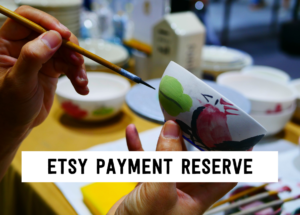
There has been a lot of talk in the Etsy community — and I mean A LOT of talk — about Etsy’s payment account reserve
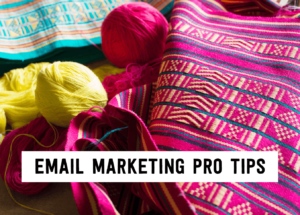
Anyone who knows me knows that I am a HUGE advocate for using email marketing to grow and scale your handmade business. But you may
Sign up below and get instant access to a collection of FREE practical guides, workbooks, and checklists that will help you start, grow and profit from your handmade shop. (without pulling your hair out!).
disclaimer
subscribe to youtube
become a member
get in touch
We acknowledge and give thanks to the Budawang and Yuin people, the Traditional Owners of the land we work and live on. We pay our respects to all Aboriginal and Torres Strait Islander Peoples and elders past, present and emerging.
4-step Maker’s Roadmap System
Library of In-Depth Courses and Training
Live Monthly Coaching Sessions
A Supportive Online Community
close
We hate spam too. Unsubscribe at any time.
close
We hate spam too. Unsubscribe at any time.
close
We hate spam too. Unsubscribe at any time.

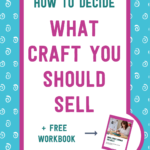

DOWNLOAD THIS FREE WORKBOOK + DECISION GRID